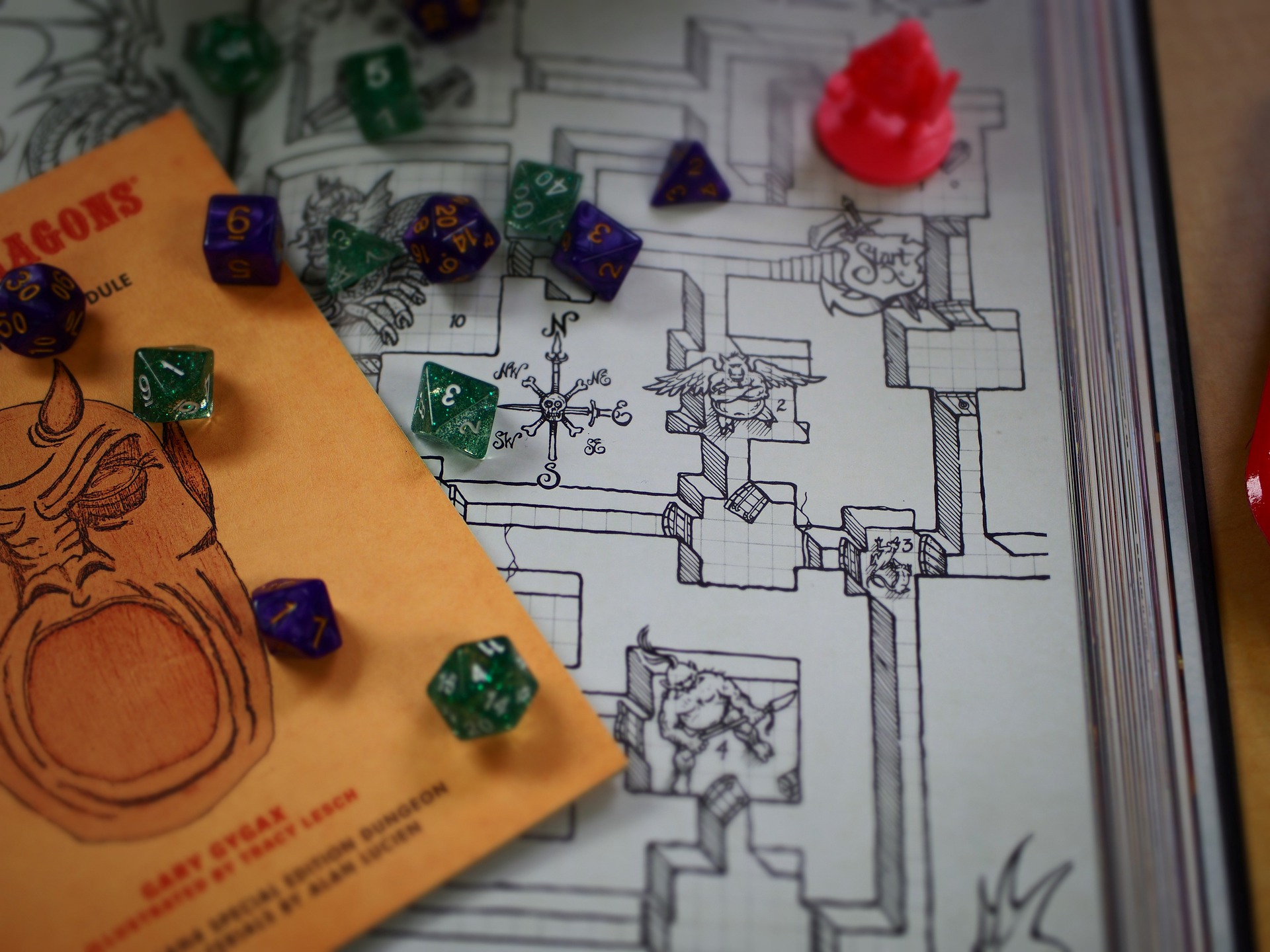Dungeon Masters are tasked with creating their own world for their players to live and play in, but a D&D campaign will only work if a DM is flexible and allows the story to go where the characters take them based on the choices they make. If players follow a strict, rigid storyline where their character’s choices make little to no difference to the story, then the players will not feel immersed in the campaign and may even feel disconnected from the game. However, there are steps a DM can take to integrate characters in their world.
1. Get involved with creating the characters
It can be tempting to jump headfirst into a campaign when the opportunity presents itself, but taking time to talk to the players before starting the game can ensure better character integration. Ask the players questions like “Where does your character come from?,” “What kind of choices does your character make?” and “What does your character want out of life?” If a Dungeon Master understands the players’ characters before starting the campaign, they can start taking steps to integrate their characters into the world.
2. Establish rules and boundaries
At times, players can run into conflicts with each other during the game — especially if they’re not familiar with how the others play — so being a mediator is something of a given when it comes to being a DM. Just set simple rules, like players are not allowed to kill other players’ characters, and make it clear that some jokes are off-limits during campaign sessions to ensure everyone is comfortable. This will minimize interruptions and make for a more immersive experience for the most players.
3. Don’t map everything out
There is no denying that preparation is key to a well-established world. However, it is possible to go overboard. Players can be unpredictable and so can their characters. Create the world, but allow the players to shape the story by the way they play the game. A good Dungeon Master knows when to pass the reins to the players and let the result be what they make it.
4. Be flexible
A DM telling their characters to choose a direction to go is one thing, but laying out all their choices is boring and does not allow players to give their own input into the campaign. The most effective DM always allows for contingencies in the story depending on the actions of the players. As mentioned above, discussing the characters with the players before the campaign begins can help give a DM the foresight they need to prepare for deviations from the players and adjust the story accordingly.
5. Encourage out-of-the-box Thinking
Diversity in character classes can go a long way with teamwork and problem-solving. Archers, mages and warriors are three general categories to go by. Having at least one in each can open many doors in any campaign. Put characters in situations that require them to work together and use their abilities to survive. Set hazards and obstacles for players to deal with. A warrior can cut down trees to build a bridge or a boat to get across a stream. Archers can shoot animals from a distance for food, or defend a camp from enemies at night. Mages can use light magic to see in dark areas or fire to fend off frostbite if used properly. It will bring the characters together and help foster friendships between unfamiliar players.
6. Set a limit on the number of players
This can be a difficult guideline for any Dungeon Master to follow. While a DM should strive to include everyone who wants to be part of a campaign — and this should not be a problem during the story — realistically, the immersion can decrease if too many players are fighting a battle. Many abilities need to roll to hit and then another roll to determine damage including calculations from stats. Such rolls also need to be made for enemies. The more players there are, the more enemies they will likely have to face to even the playing field.
Moreover, if too many fighters and enemies are part of a battle, it can feel like forever. In the worst circumstances, battles can take hours. Not only can long battles disengage the players, but it can also slow down the progression of the campaign.
7. Divide and conquer
The conflict of too many players can often arise when D&D is played in a club since large groups of members may want to play. In such situations, having more than one DM to lead multiple campaigns can minimize crowding and make for more lively sessions. This also gives members different stories to choose from.
8. Understand the freedom the game brings
One of the most attractive aspects of D&D is the freedom that role-playing brings, and people can take it very seriously. A player’s character can be whatever they imagine them to be, and their story can be whatever they want it to be. A Dungeon Master that allows those stories to take place in the world they provide is what is going to engage the players and invest them in the campaign.
9. Listen to the players and work together
The best DM is understanding and listens to the concerns of the players. If they are not enjoying themselves during the campaign, listen to understand why, then discuss ways to resolve the issue. If it means starting a new campaign, then open your mind to suggestions and start building the world. Criticism is a natural part of being a DM, and accepting it is the only way to improve. Of course, no DM is perfect, any more than any player or campaign. The DM must work together with the players to make the world of the campaign an enjoyable one for everybody.
















